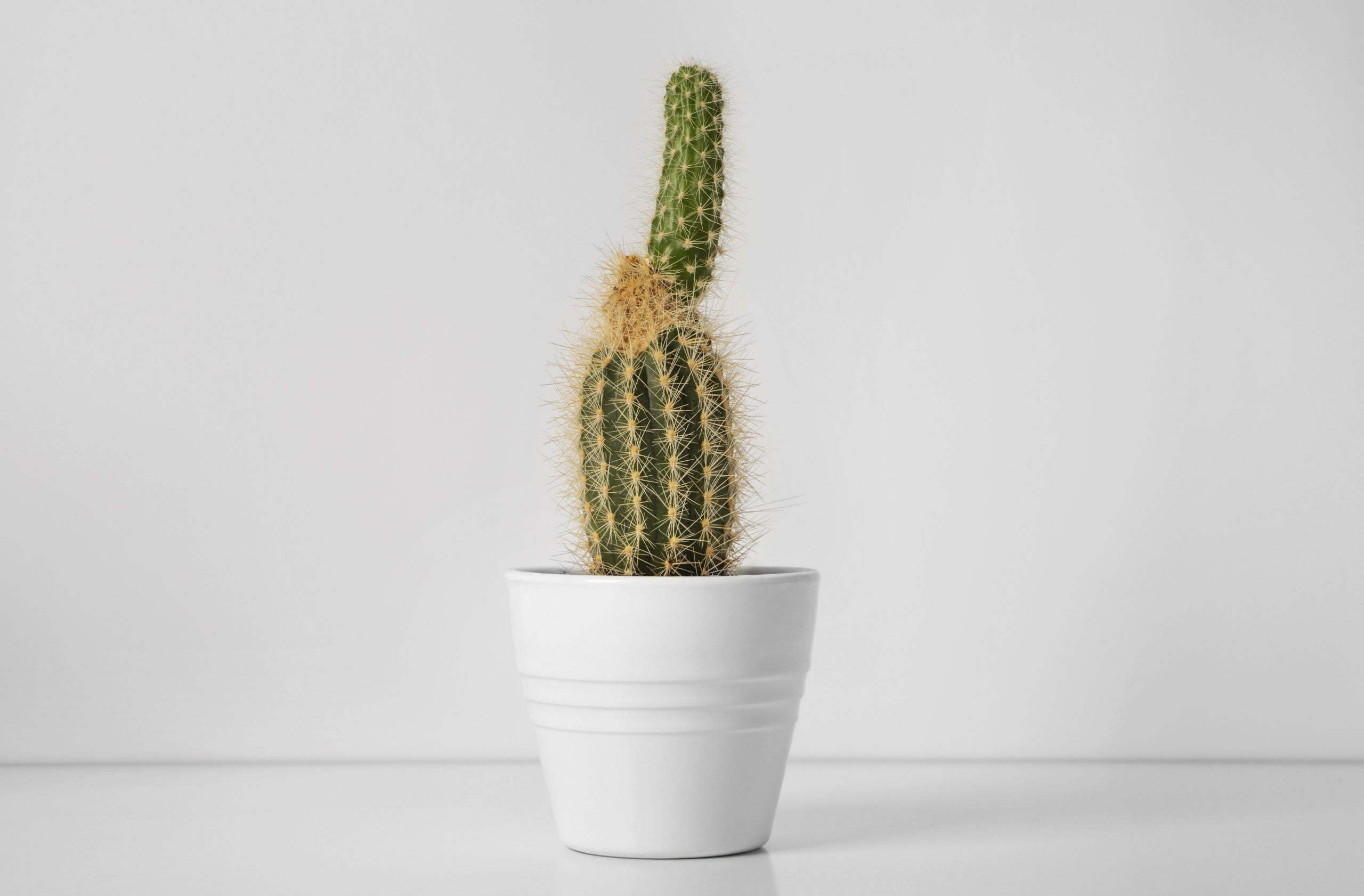Cactus Etiolation
Cactus etiolation happens when your cactus doesn’t get enough light, causing it to grow long, thin, and pale instead of short and sturdy. This kind of growth is a common problem for cactus owners and can leave your plant looking weak or unhealthy. You might notice your cactus stretching toward the nearest light source or losing its rich green color.
If you’ve ever wondered why your cactus looks “leggy” or not as strong as it used to, you’re not alone. Many cactus owners run into etiolation without realizing it. Understanding what causes etiolation and how to prevent it can help you keep your cactus healthy and looking its best.
Understanding Cactus Etiolation
Cactus etiolation happens when a cactus grows in poor lighting. You will notice changes in the plant’s color, shape, and strength as it searches for more light.
What Is Etiolation?
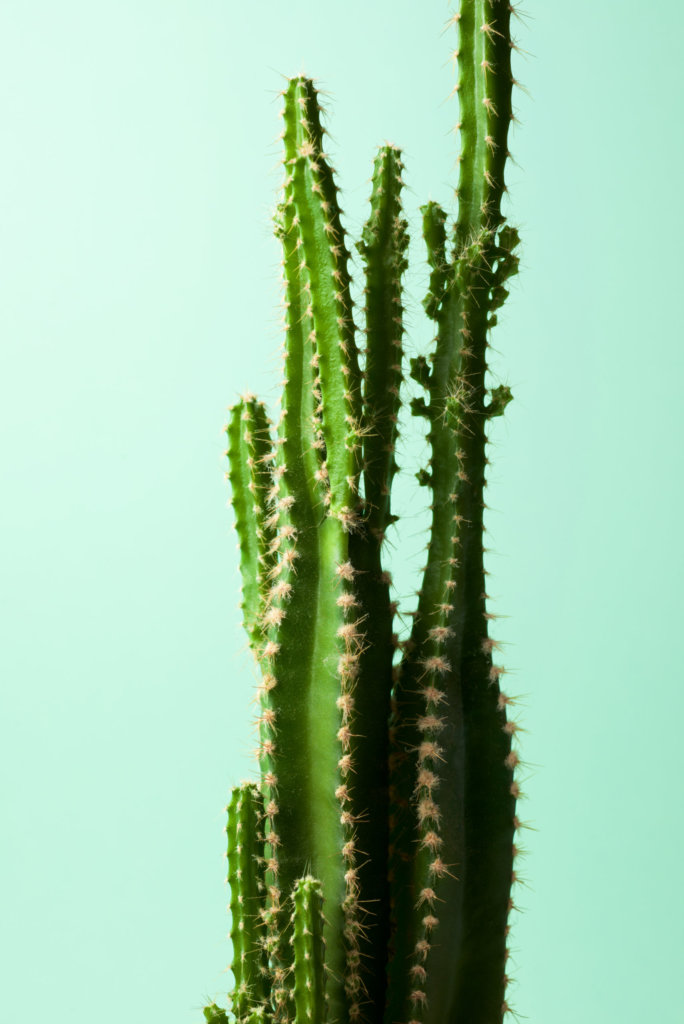
Etiolation is a plant’s response to insufficient light. When a cactus cannot get enough sunlight, it tries to stretch or grow taller to reach a better light source. This process causes the plant to look thin, pale, and less healthy than normal.
Etiolation affects not just cacti, but many succulent plants as well. Normally, these plants grow compact and strong under the right lighting. Without enough light, their natural shape changes, and they may lose their vibrant color because of lower chlorophyll production.
Instead of putting energy into thick, healthy stems, an etiolated cactus produces weak, stretched-out growth. This makes the plant more likely to fall over or break.
Causes of Etiolation in Cacti
The main cause of etiolation in cacti is lack of sufficient sunlight. This usually happens indoors or in areas with low natural light. If your cactus sits far from a window, or if there are curtains or objects blocking the sunlight, the plant may become etiolated.
Artificial lights that are not strong enough may also lead to weak growth. Sometimes, people think regular room lighting is enough, but many cacti need strong, direct light to stay healthy. Overcrowding with other plants, or even dust on windows, can also reduce the amount of light reaching your cactus.
Symptoms and Early Warning Signs

You can spot etiolation early by watching for certain symptoms:
- Stretched or leggy growth: Stems get tall and thin as the plant searches for light.
- Pale color: The cactus may look lighter than normal. Less light means less chlorophyll, which leads to a faded green or even yellow look.
- Weak stems: The structure may feel soft and not able to stand upright.
- Odd shape: The cactus often grows in a lopsided or unbalanced way.
Check for these signs regularly, especially if you recently changed your plant’s location or lighting. Early action can stop the problem from getting worse.
Preventing and Correcting Etiolation
Healthy cactus growth depends on strong light, careful watering, and consistent care. By understanding what causes etiolation, you can create the right conditions to keep your cactus sturdy and bright green.
Adjusting Lighting for Healthy Growth

Cacti need bright, direct sunlight to grow properly. Insufficient light is the main reason for etiolation, which causes thin, stretched growth. Place your cactus on a south-facing windowsill, where it can receive several hours of sunlight each day. If this isn’t possible, use a grow light that’s labeled for cactus care.
LED grow lights are energy-efficient and provide the right spectrum for healthy cactus growth. Position the light about 6-12 inches above the plant and keep it on for 12-14 hours daily during winter or in low-light conditions. Rotate your cactus weekly to ensure all sides receive equal light exposure.
Check your plant regularly. If it starts leaning or stretching, move it to a brighter spot as soon as possible. Remember, too much direct midday sun for certain cacti can cause burning, so introduce brighter light gradually.
Optimal Watering Practices
Proper watering is important to prevent stress along with correct lighting. Cacti prefer soil that dries out completely between waterings. Water deeply until water drains from the pot’s bottom, then let the soil dry before watering again.
Best watering tips:
- Use a pot with drainage holes
- Avoid letting the pot sit in excess water
- Reduce watering in the winter or in lower light conditions
Signs of overwatering include mushy stems or black spots, while wrinkling may mean underwatering. By adjusting your watering amount and schedule, you can support healthy cactus growth and reduce the risk of weak, stretched stems from stress.
Strategies to Prevent Etiolation
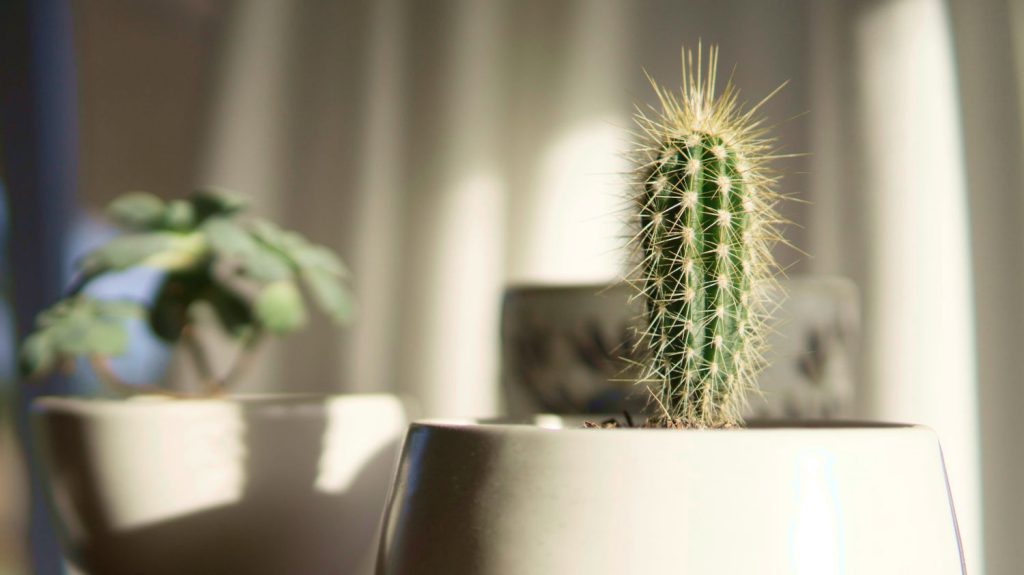
To prevent etiolation, monitor your cactus regularly for signs of stretching. Reposition the plant to maximize its exposure to sunlight or supplemental lighting as needed. Avoid sudden changes in environment. Acclimate your cactus slowly to brighter conditions to prevent sunburn.
If your cactus has already grown etiolated, you can correct its shape by trimming off leggy parts and encouraging new, healthy growth. Re-root healthy cuttings if needed, using sterile tools. Understanding your cactus species’ specific light and care requirements will help maintain its compact and strong form.
Quick checklist:
- Provide enough light
- Water only when soil is dry
- Rotate pot monthly
- Watch for any signs of stretching
- Increase light exposure gradually
Reviving and Propagating Affected Cacti
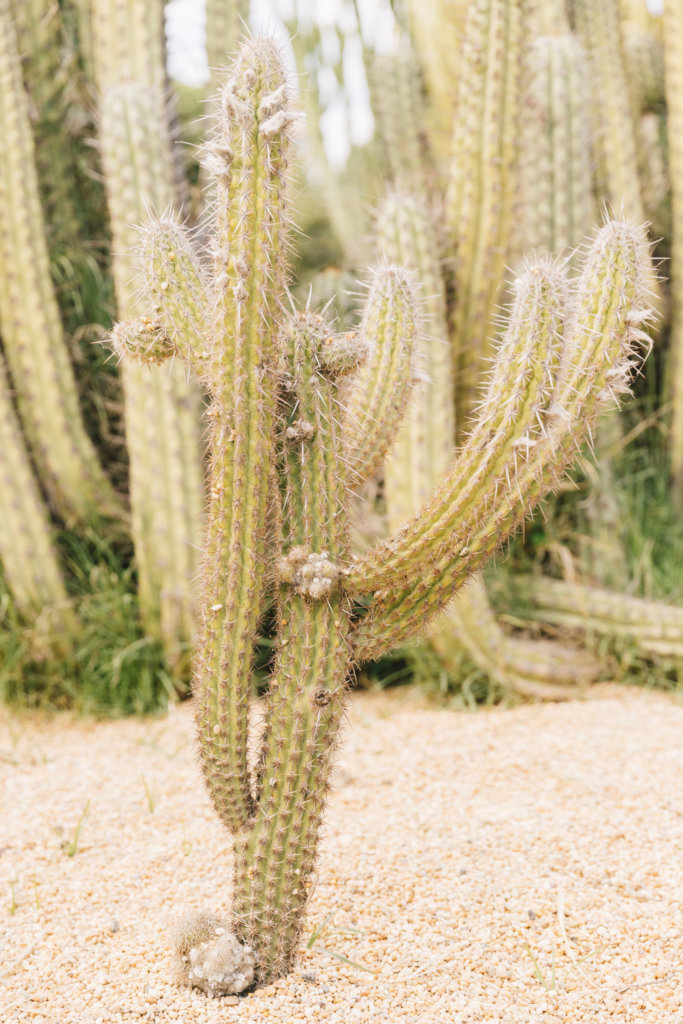
Cactus etiolation causes weak, stretched stems that cannot be fixed by simply changing light conditions. You can remove etiolated sections, propagate healthy parts, and encourage strong new growth with the right steps.
Pruning Stretched Growth
Thin, pale stems that look stretched happen because the cactus did not get enough light. To prune, use a sharp, clean knife or scissors. Cut off the weak, elongated part right above a healthy section.
Let the cut surface dry and callous for several days before proceeding. This prevents rot from infecting the plant later on. Dispose of the removed etiolated parts, as these sections will not thicken or regain normal form. This step helps your cactus focus its energy on healthy growth.
Propagation Methods for Cacti
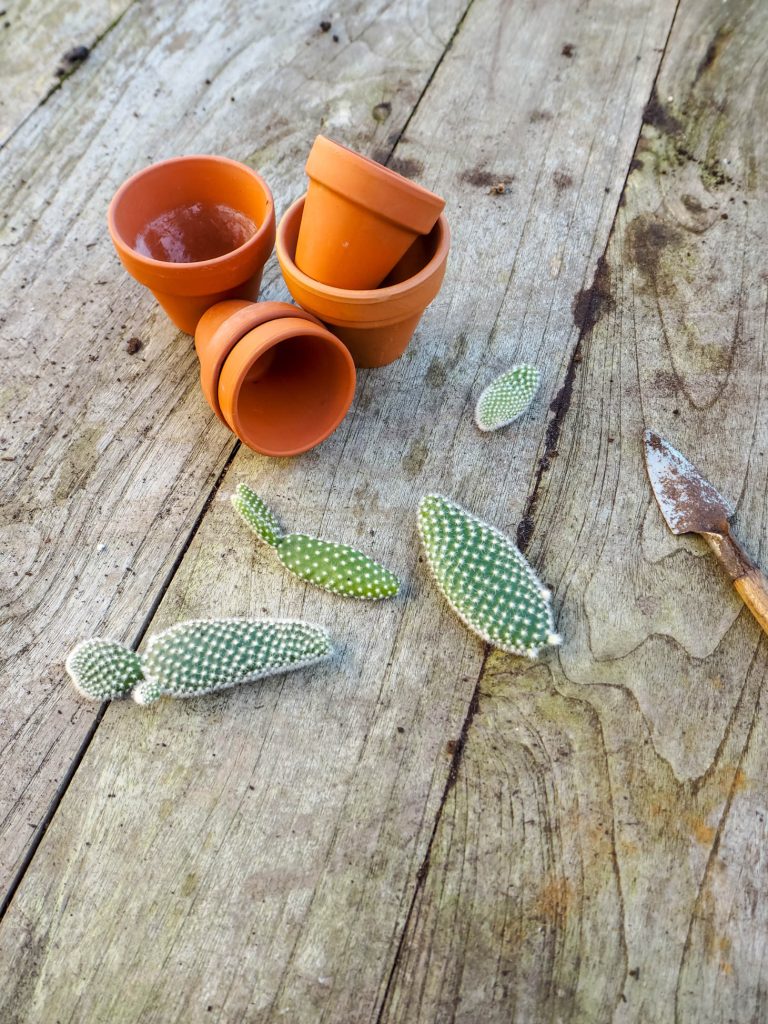
Once you have pruned away the stretched growth, you can use healthy stem segments for propagation. The most common method is stem cuttings. Let freshly cut stems dry out for several days until a hard callous forms.
After the callous forms, place the cutting into a well-draining cactus soil mix. Water lightly and keep in bright, indirect light. Another option is leaf propagation, but this only works for certain cactus types. Make sure the parent cactus is healthy to improve the chances of success.
Using Rooting Hormone for Success
Applying a rooting hormone to the cut end of your cactus cutting can help speed up root development. Rooting hormone contains chemicals that encourage the growth of new roots from the cut surface.
To use, dip the calloused end of the cutting into the powder or gel before planting. This is especially helpful for larger or slow-growing species. While not strictly necessary, using a rooting hormone can make the process faster and more reliable, reducing the chance of rot and helping new roots form.
Germination and New Growth
Once the cutting is potted, keep the soil slightly moist, not wet. Overwatering can cause rot before roots have developed. Place in a warm, bright spot but avoid direct, intense sunlight at first.
Roots will usually form within a few weeks to a couple of months, depending on the species and conditions.
For seeds, germination is also possible, but it is much slower. Use a fine-grained mix and keep seeds moist and warm, but be patient as germination may take weeks or longer. Proper care during early growth is important for healthy development.

